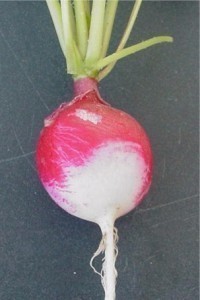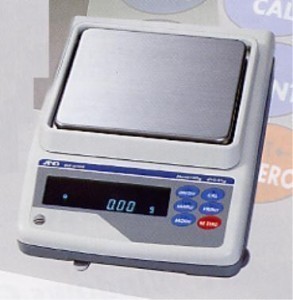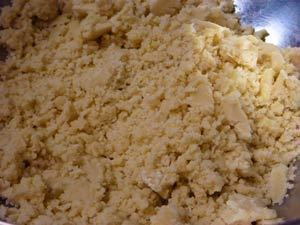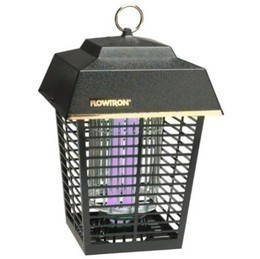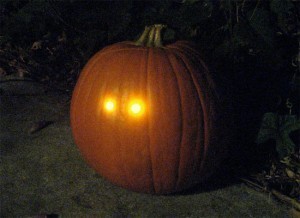Chop Sticks Sizes
Eating with chop sticks is as common a sight in Eastern culture as 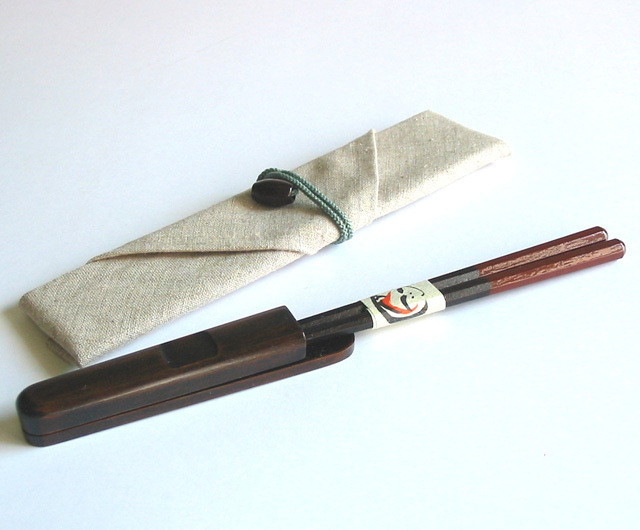 eating with a spoon, fork and knife has been in the West. These uniquely Asian utensils have had such a storied past, developing in function, form, shape and size throughout the years.
eating with a spoon, fork and knife has been in the West. These uniquely Asian utensils have had such a storied past, developing in function, form, shape and size throughout the years.
Chop sticks originated in ancient China, their earliest known usage traced as far as during the rule of the Shang Dynasty from 1766 to 1122 B.C. An excavation in the ruins of the Shang Dynasty’s last capital (known as the Ruins of Yin) yielded the oldest existing pair of chop sticks, crafted from bronze and roughly dating back to 1200 B.C. Originally used as cooking instruments, the earliest chop sticks were twigs broken off from trees and used to handle hot food from the large cooking pots used at the time.
A food shortage due to a growth in population lead to the development of chop sticks as eating utensils. To conserve food and fuel supplies, food had been chopped to smaller pieces in order to hasten the cooking process. Hence, chop sticks were then used for picking up these small bits of food. Another factor was the pacifist philosophies of Confucius, which cherished all life and condemned the slaughtering of animals, by extension shunning the use of the knife. This paved the way for the use of the chop sticks for eating, which eventually became a traditional practice in China, and has since been adapted by other Asian countries such as Japan, Korea and Vietnam.
Usually made out of wood or bamboo, chop sticks have also been made from other materials, each with their own set of pros and cons. It is easy to hold food with the wooden and bamboo variety due to their matted surfaces that give one a fine grip, and they also have a low level of temperature conductivity. On the debit side, they tend to deteriorate after constant use. Plastic chop sticks are much more resilient, but their smooth texture makes them slippery and not as efficient as the wooden/bamboo type. Chop sticks made of metal also have the same problem, though they are more durable and easier to clean. They are also rather expensive, and even more so the luxury chop sticks made out of silver, gold, jade or ivory.
As the use of chop sticks spread out to other parts of Southeast Asia, these countries came up with their own variations of these utensils, each differing in style and size. Chinese chop sticks, known in Mandarin as Kuàizi, are commonly at a length of 9 to 10 inches and are usually made from materials such as wood, bamboo, plastic, ivory, bone or metal. Made from lacquered wood, the Japanese Hashi chop sticks vary in size according to gender; those used by the men have a length of 8 inches, while the women’s are approximately 7 inches long. Korean chop sticks, called Jeokkarak, are around 9 inches in length and are typically made from either stainless steel or silver.
It’s easy for us to take our utensils for granted, even those as exotic as the chop sticks. But it’s rather fascinating to look back at their history and at the cultural impact that they had made across the Asian continent. Starting out with a couple of twigs snapped off from a tree, they have certainly come a long way since then.
